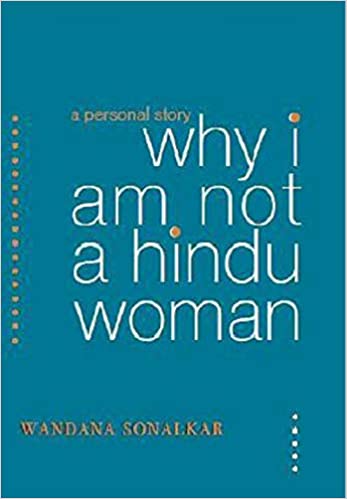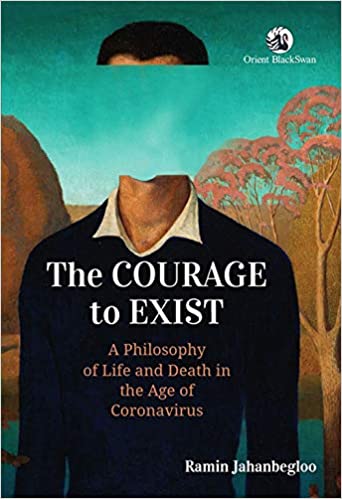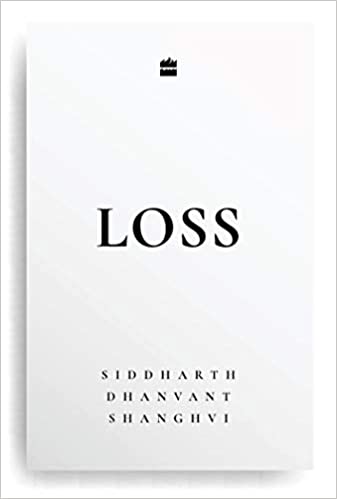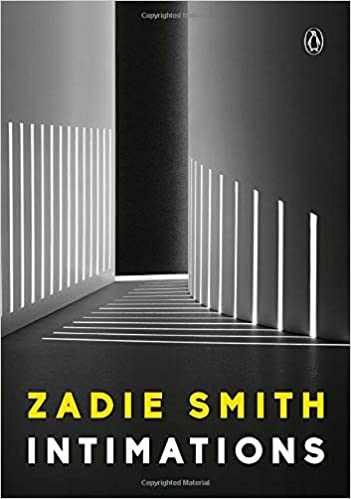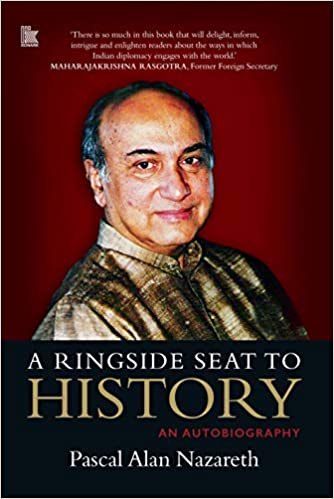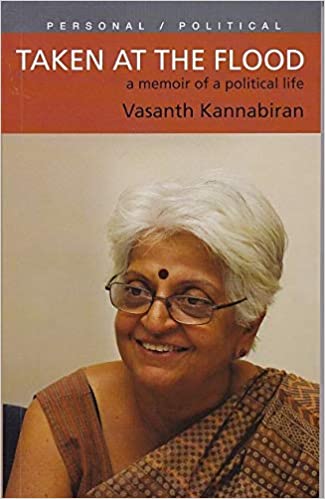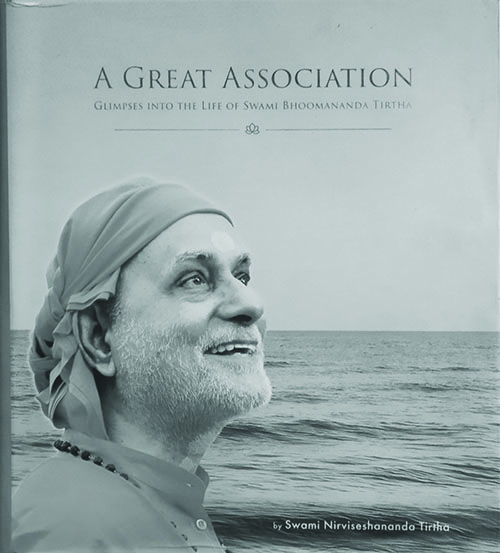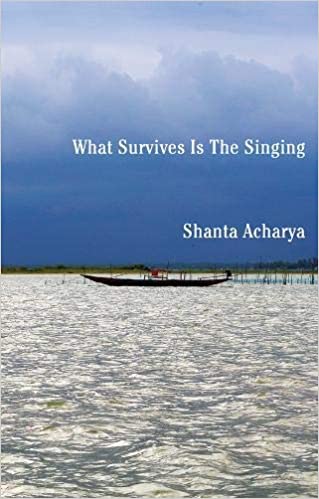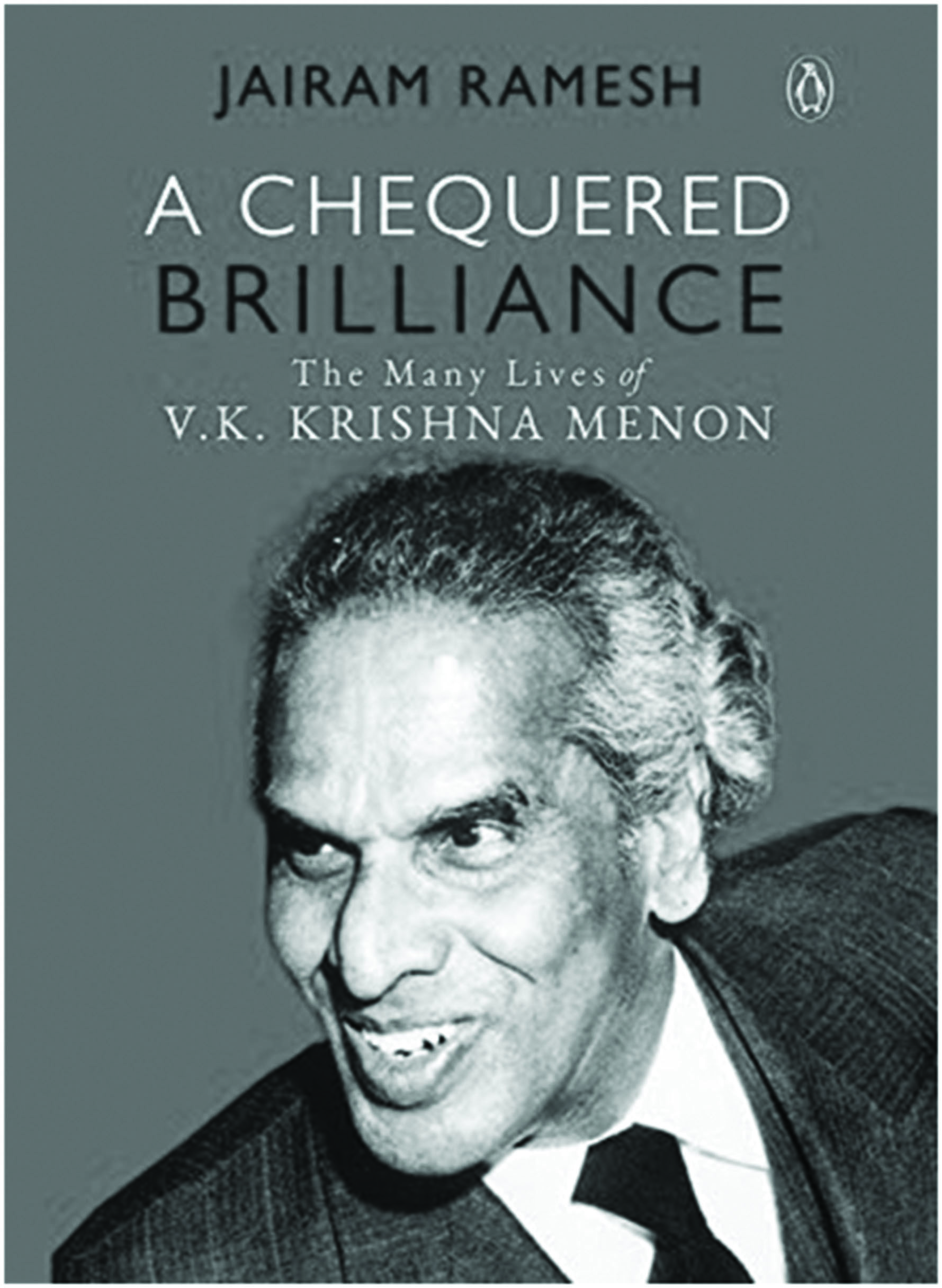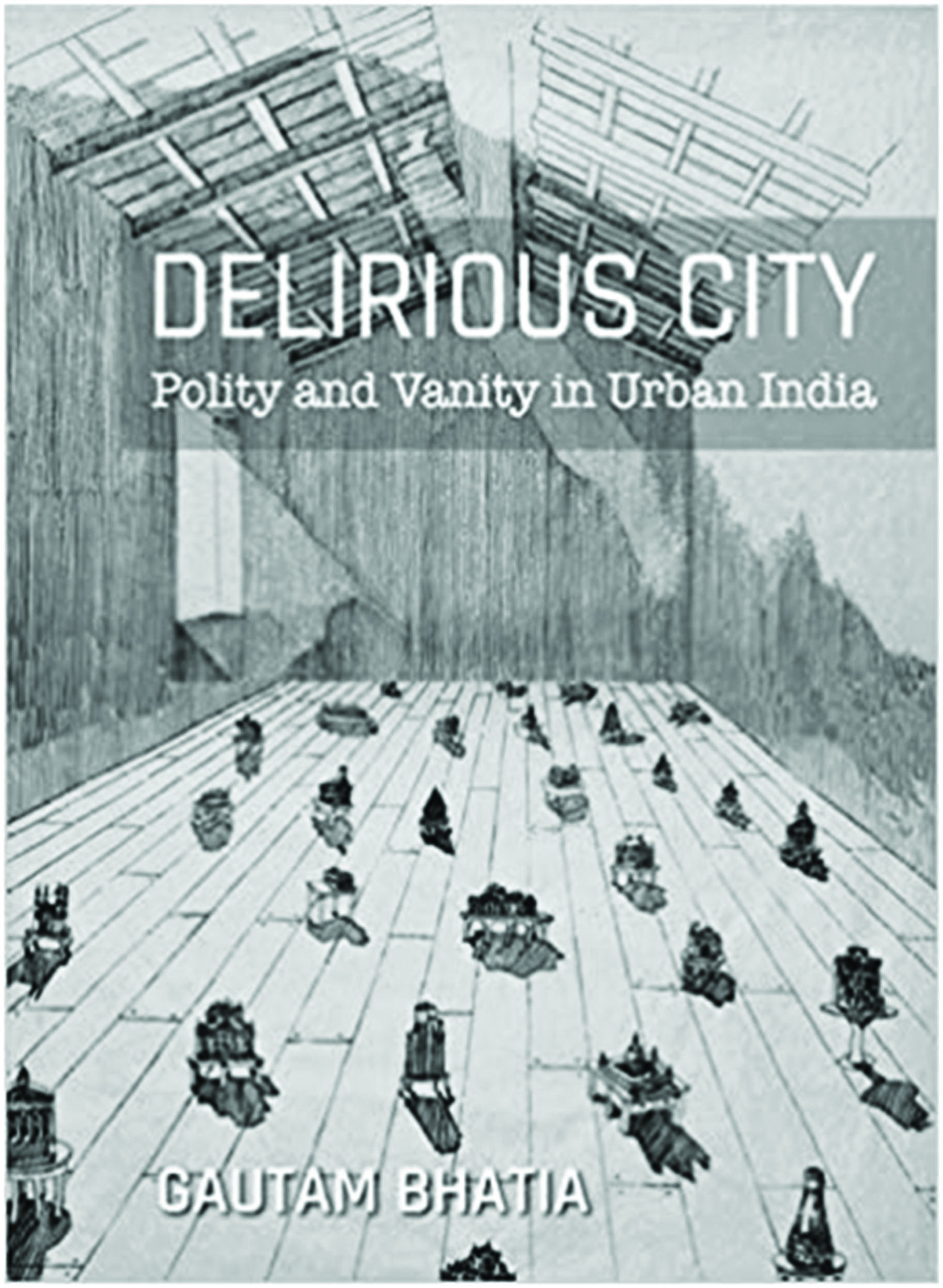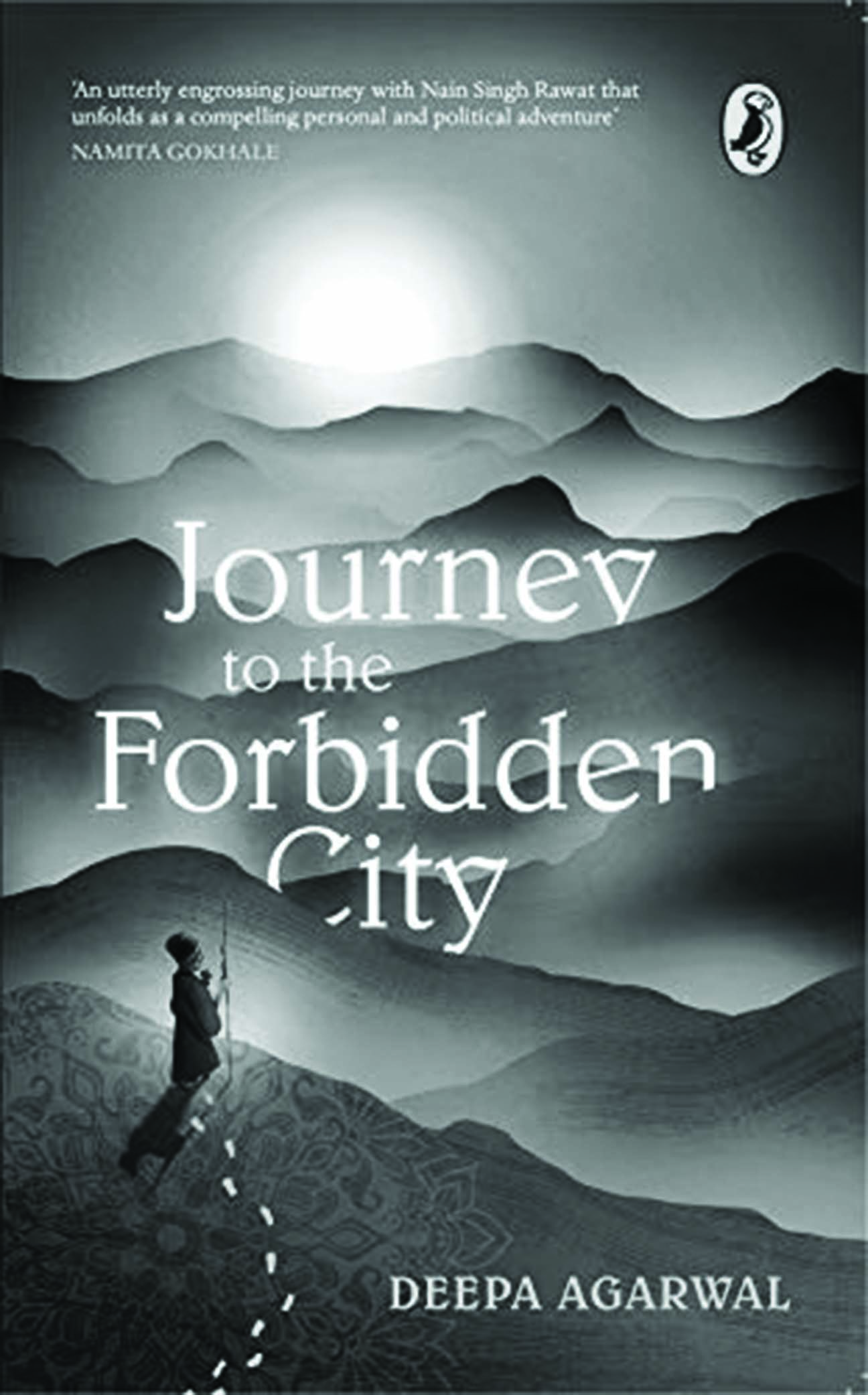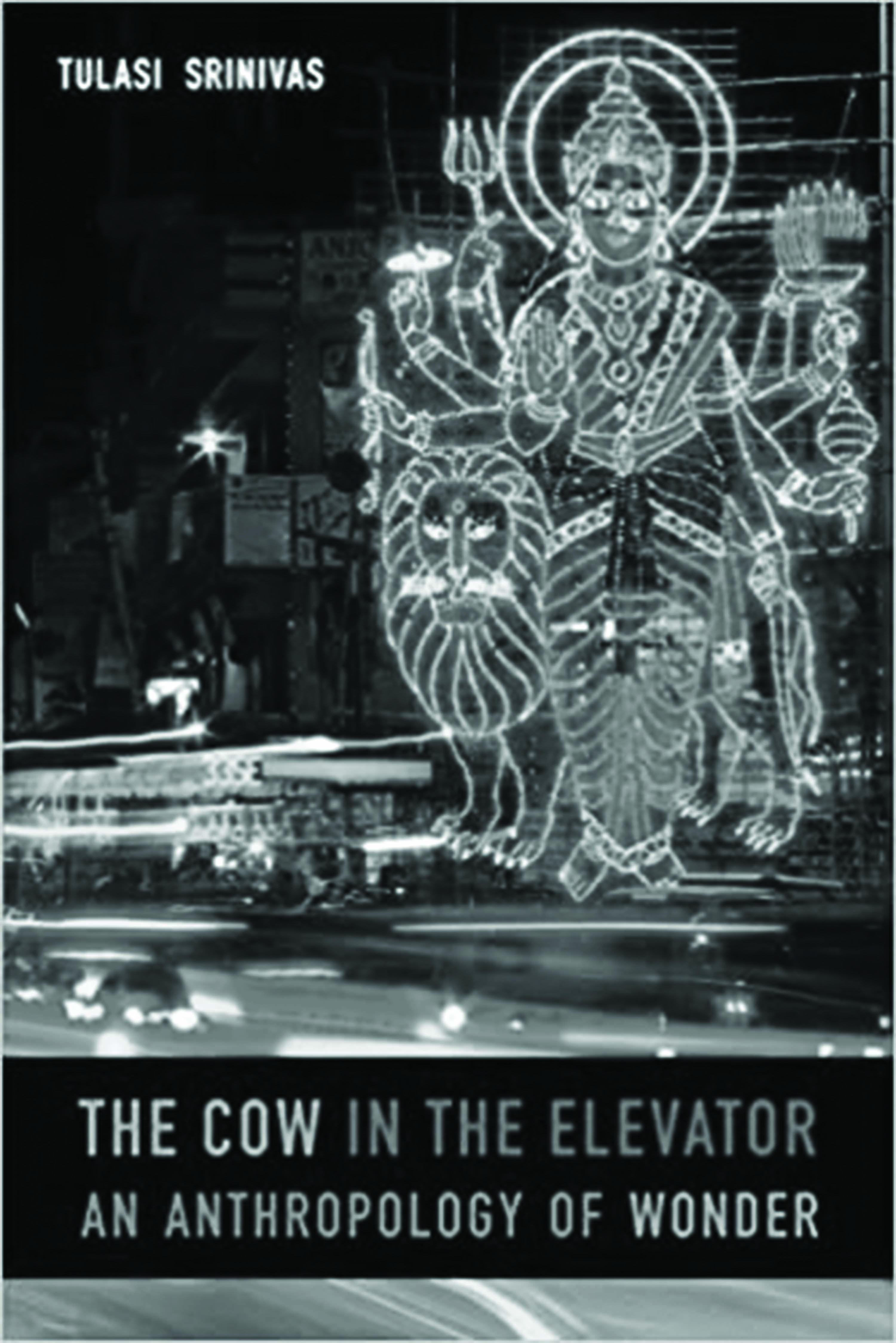Biography
Why I am not a Hindu Woman is Wandana Sonalkar’s autobiographical reflections on Hinduism as a religion, as an upper-caste Marxist feminist, and in the context of India’s socio-political journey in the last seventy three years, particularly in the shadow of Hindutva majoritarian politics…
2019
These lines of John Donne may sound hyperbolic to the modern reader. However, they define like no other lyrics can the enchanting love-story of Krishna Paul and the celebrated writer Joginder Paul. A story narrated through conversations between Krishna Paul and Chandana Dutta…
The Courage to Exist: A Philosophy of Life and Death in the Age of Coronavirus was published in the context of the Covid-19 pandemic. The book suggests that the pandemic has lain bare the limitations of modern socio-political institutions as well as those of modern technology and science in protecting the lives and securing the well-being of human beings…
2020
Loss is a set of essays and the first work of non-fiction and memoirs written by Siddharth Dhanvant Shanghvi. The book engages with the universal and rhetorical question of death and grief, based on a string of the author’s personal losses—the death of his father, mother and his dog…
2020
The Covid-19 pandemic appears not just as a background in Zadie Smith’s collection of essays titled Intimations. Rather, it infects and pervades every subject matter that the author addresses. The book begins with a seemingly unpremeditated and light-hearted observation on tulips and the author’s fondness for peonies instead…
The memoir is a winner of Nine Dots Prize that is given for ‘innovative thinking as a means of tackling pressing problems facing the modern world’. The entrants were supposed to respond to the question, ‘Is there still no place like home?’ in a 3000-word essay…
What exactly does an ambassador or a career diplomat do? Is it merely enjoying a comfortable life, mouthing high sounding ideals and engaging in protocol and immigration issues? How much scope is there for individual initiatives to play out? Reading through this autobiography.
The title of this novelistic memoir written in Hindi is a variation on a formulaic puranic phrase which was used to start stories and legends; it means, ‘Here begins the tale of Prayag’. This little Sanskrit flourish is apt for a story set in a hallowed city long.
Yashica Dutt’s compellingly gritty tale offers points of identification for probably scores of third or fourth generation Dalits today, who are ‘new’ arrivals in public/professional spaces, as well as those from other marginalized, minority communities.
2019
Although Winston Churchill has often been projected, especially in recent times, as one sinister character behind the Bengal Famine of 1943 that wiped out over three million people, what role the members of the hallowed Indian Civil Service (ICS) played in anticipating.
Vasanth Kannabiran’s latest book, described in this edition’s back cover as ‘a feminist memoir’, is a great deal more. There are at least three major narrative strands in the book: (1) Central to it is Vasanth’s examination of her evolution.
To label this book the biography of a spiritual figure would be a misnomer. On the contrary, it is an inner exploration into a universalism that transcends caste and creed and therefore religion in our conventional understanding of the term.
Shanta Acharya exercises her poetic licence by quoting Elizabeth Jennings, ‘We have a whole world to rearrange.’ While she dismantles our perceptions, she rearranges her sentiments and opinions as poems laced with observations. A reason is given.
This is a very fat book about a very thin man, a man moreover who was very arrogant, very rude, very obstreperous and, as the title suggests, very brilliant. In the end, though the brilliance served him poorly and he is remembered—by a rapidly dwindling number.
Gautam Bhatia’s books on architecture in India are, by and large, autobiographical. They are thoughtful reflections of a sensitive and idealistic practitioner at odds with the quotidian values of the profession. As he sees it, it is a profession that actually.
We know a lot about the British who explored and mapped India in the nineteenth century, with a scientific rigour that Indians have never possessed. As a matter of fact, till the Mughal time geography was not even taught in schools and we were too scared of losing.
In the novel Nights at the Circus, set at the end of the 19th century in Western Europe, Angela Carter writes: ‘In a secular age an authentic miracle must purport to be a hoax in order to gain credit in the world’ (1994: 16). Carter’s novel, which follows a colourful group of characters travelling from.
On receiving the two volumes of Eardley Norton: A Biography I, not unnaturally perhaps, wondered what had led Suresh Balakrishnan to embark on this thousand page plus project. Norton today would be barely known outside a small set with knowledge about the history of the legal profession in Chennai. Evidently this erasure of memory is what spurred the author, himself.
She is by no means an adventurous traveller recounting her excursions into ‘the Land of the Rising Sun’ wrapped in the secrecy of its isolation from the rest of the world. She was following her Japanese husband Oemon Takeda to visit her Japanese in-laws living.
Leadership as a subject has received scant attention in the discipline of political science in India. Most of the writings are journalistic or biographical in nature. The focus in the available literature on political leadership is mainly on national leadership.

